From The Front Lines: Aviation
“There’s been over five consecutive years of underwriting losses in the aviation insurance market,” says independent agent Tim Bonnell Jr. “Premiums have been increasing and underwriting has been stricter.”
“There’s been over five consecutive years of underwriting losses in the aviation insurance market,” says independent agent Tim Bonnell Jr. “Premiums have been increasing and underwriting has been stricter.”
The Ukraine war will impact the market for years to come, with insurers expecting aircraft insurance premiums and aviation insurance costs to increase.
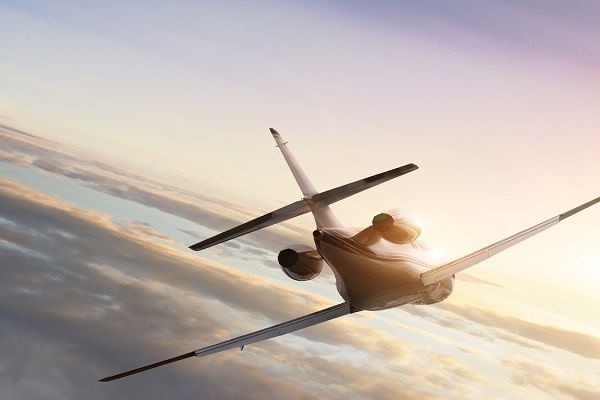
Rates had begun to plateau after four years of consistent rises, but recurring losses due to hail and wind damage to stationary aircrafts in 2020 continue to stifle rate relief.
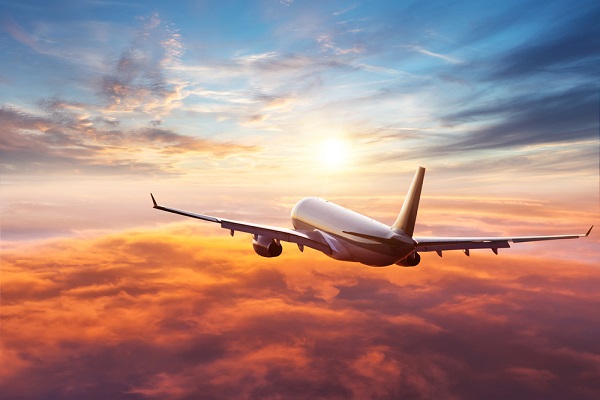
As the Federal Aviation Authority considers the possible loosening of regulations for the drone industry agents and brokers need to be prepared for what’s to come.
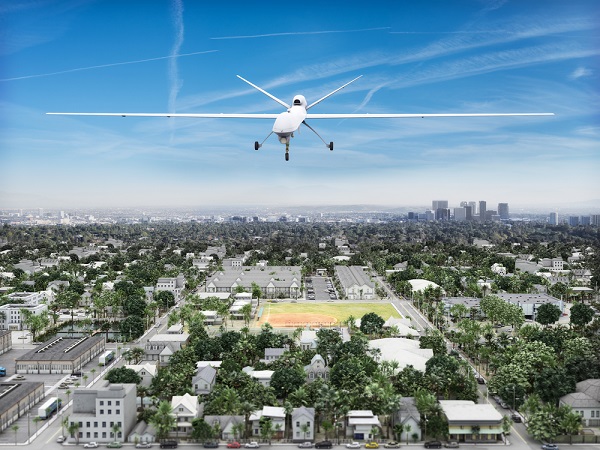
As the commercial drone industry becomes less restrictive, insurers and agents are preparing for more opportunities in the future.
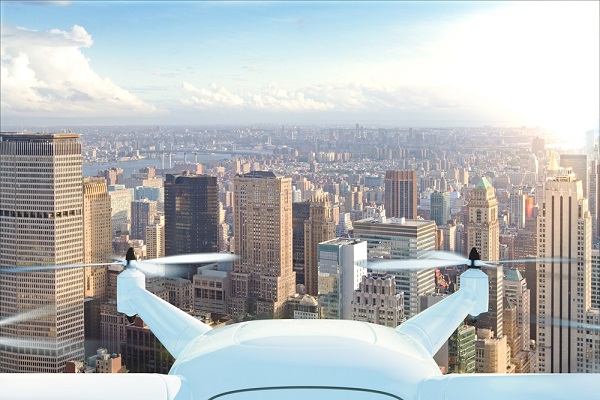
A few years ago, it was nothing special for a single-pilot commercial aircraft to find an insurer willing to offer $50-100 million in liability limits. Today, it’s hard for the same pilot to find $25-million limits.
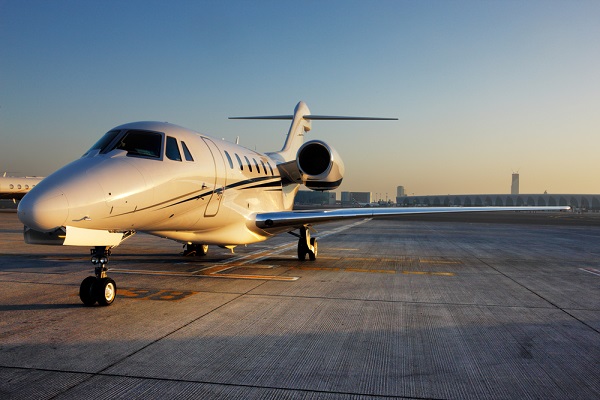
After a particularly devastating set of blows for an insurance market that hasn’t turned a profit in over a decade, your average aviation insured should brace for a 10-30% rate increase this year.

Independent agent Thomas Coughlin cautions that trends like increasing air commerce and drone usage could pose challenges for the aviation insurance market in the years ahead.
By operating drones beyond visual line of sight, insurers could change the economics of high-fidelity property and asset data collection.

When a drone is used for business purposes rather than for recreation, it becomes subject to the small unmanned aircraft rule, also known as Part 107 of the Federal Aviation Administration’s Federal Aviation Regulations.
